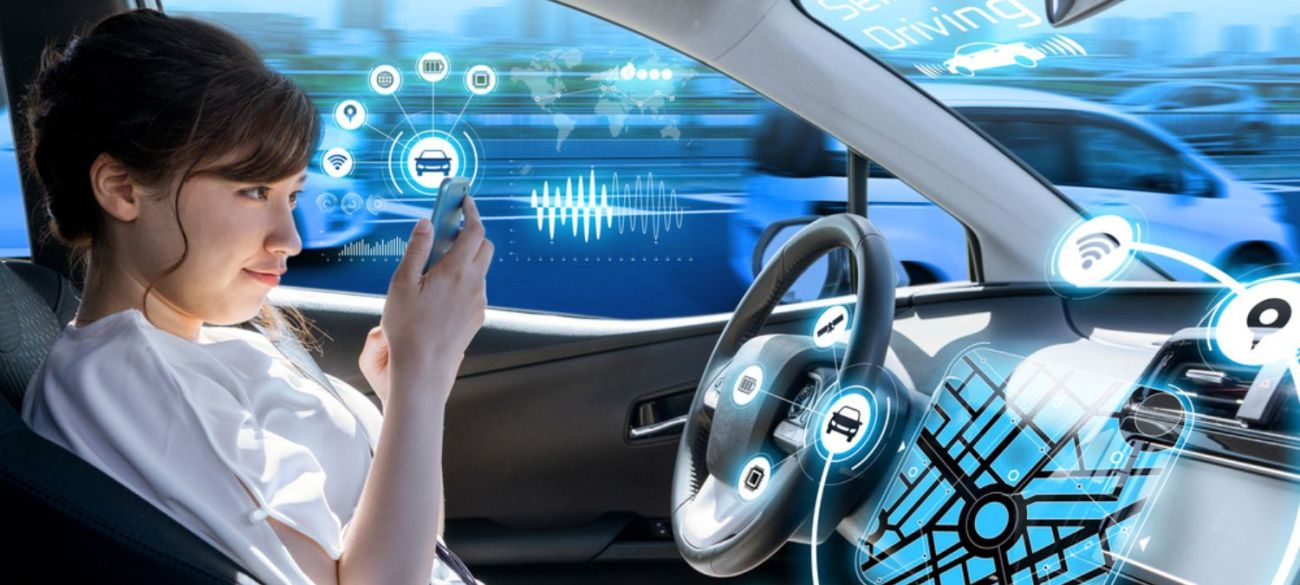The dream of autonomous vehicles—cars that drive themselves without human intervention—has long captured the imagination of technologists, policymakers, and the public. As we navigate through 2025, the question persists: Are we there yet? While significant strides have been made in the development and deployment of self-driving technology, several challenges remain before these vehicles become a ubiquitous presence on our roads.
The Current Landscape of Autonomous Vehicles
As of 2025, most self-driving cars operate at Level 2 or Level 3 autonomy. This means they can perform some driving tasks autonomously, such as steering and accelerating, but still require human intervention for more complex tasks. Some companies are testing Level 4 vehicles, which can operate autonomously in most conditions but may require human intervention in certain situations .
Notably, companies like Waymo and Baidu have made significant advancements in autonomous driving. Baidu’s Apollo Go robotaxi service, for instance, has expanded to more than 10 Chinese cities and achieved operational unit breakeven in Wuhan by the end of 2024 .
Technological Innovations Driving Progress
Several technological advancements are propelling the development of autonomous vehicles:
- AI and Machine Learning: Companies like Wayve utilize machine learning with external vehicle camera sensors to learn from real-world traffic and driver behavior, eliminating the need for detailed maps and extensive coding .
- Lidar Technology: China’s Hesai Group plans to launch a new next-generation lidar system in 2026 designed for Level 3 autonomous driving vehicles, offering double the detection range of current models .
- Connectivity: The integration of 5G technology enables real-time communication between vehicles and infrastructure, supporting the seamless operation of autonomous and connected vehicles .
Challenges Hindering Widespread Adoption
Despite technological advancements, several challenges impede the widespread adoption of autonomous vehicles:
1. Safety and Reliability
Ensuring the safety and reliability of autonomous vehicles remains a primary concern. Incidents involving autonomous vehicles, though rare, have raised questions about their ability to handle complex driving scenarios, such as construction zones, unpredictable pedestrian behavior, or erratic driving by human drivers .
2. Regulatory and Legal Issues
The regulatory landscape for autonomous vehicles is still evolving. Governments and regulatory bodies need to establish clear guidelines and standards for the deployment and operation of autonomous vehicles. Issues such as liability in the event of accidents, data privacy, and cybersecurity must be addressed to create a robust legal framework that supports AV adoption .
3. Infrastructure Requirements
Current infrastructure may not be fully equipped to support autonomous vehicles. Enhancements such as smart traffic signals, dedicated AV lanes, and improved road markings could facilitate better communication between AVs and their environment .
4. Ethical and Social Considerations
The deployment of autonomous vehicles raises ethical and social questions, such as decision-making in unavoidable accident scenarios and the potential impact on employment in the transportation sector. Addressing these ethical dilemmas requires careful consideration and the development of frameworks that prioritize public safety and social well-being .
Global Developments and Regional Perspectives
The development and deployment of autonomous vehicles vary across regions:
- United States: Companies like Waymo and Tesla are at the forefront of autonomous vehicle development. However, regulatory challenges and public skepticism continue to pose hurdles.
- China: Chinese companies have made significant advancements in autonomous driving. Baidu’s Apollo Go robotaxi service, for instance, has expanded to more than 10 Chinese cities and achieved operational unit breakeven in Wuhan by the end of 2024 .
- Europe: European companies are focusing on integrating autonomous vehicles into existing transportation systems. The UK, for instance, has established a legal framework for the operation of autonomous vehicles through the Automated Vehicles Act .
The Road Ahead: What to Expect in the Coming Years
Looking ahead, several developments are expected to shape the future of autonomous vehicles:
- Increased Deployment: As technology improves and regulatory frameworks evolve, the deployment of autonomous vehicles is expected to increase, particularly in urban areas.
- Enhanced Safety Features: Advances in AI, sensor technology, and data analytics will enable vehicles to predict and respond to potential safety risks with exceptional precision.
- Integration with Smart Cities: Autonomous vehicles will become an integral part of smart city infrastructure, communicating with traffic signals, pedestrians, and other vehicles to optimize traffic flow and enhance safety.
- Public Acceptance: Building public trust through education, transparency, and real-world demonstrations will be crucial for the widespread adoption of autonomous vehicles.
Conclusion
While significant progress has been made in the development of autonomous vehicles, several challenges remain before they become a common sight on our roads. Continued advancements in technology, regulatory frameworks, and public acceptance will be essential in realizing the full potential of self-driving cars. The journey towards fully autonomous vehicles is ongoing, and while we may not be there yet, the road ahead is promising.








Leave a Reply